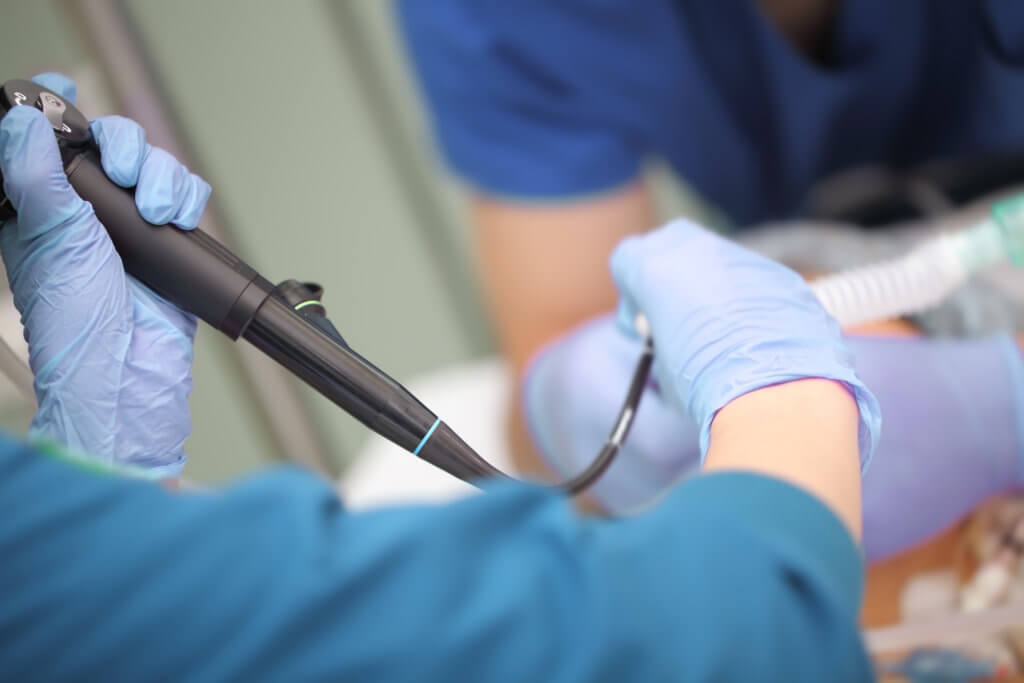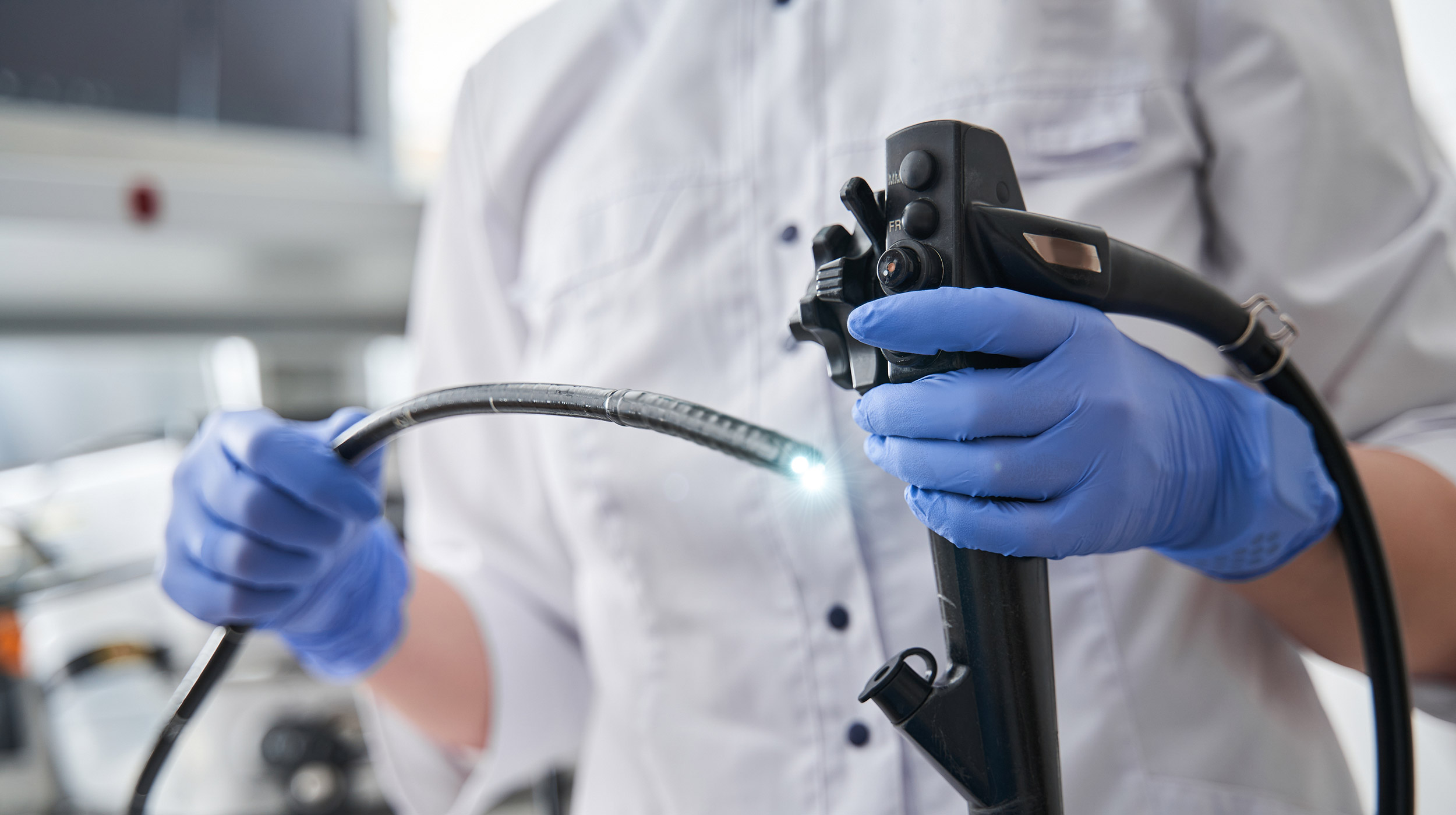
A study comparing the carbon footprints of reusable and single-use flexible ureteroscopes found the two to have comparable environmental impacts.
The total carbon footprint of the single-use flexible ureteroscope was calculated to be 4.43 kg of CO2 per endourologic case. The reusable scope was found to emit 4.47 kg of CO2 per case. The single-use ureteroscope generated slightly less harmful emissions, according to the study.
Standardized carbon footprint protocol was used to determine the kg of CO2 emitted. A review of the typical lifecycle of both the reusable and single-use flexible ureteroscope was performed.
That meant obtaining data from the manufacturing and disposal process from each, as well as typical usage. For the reusable scope, it included repairs and replacements. In the authors’ Melbourne, Australia hospital, reusable ureteroscopes average 16 uses before requiring repair and have a lifespan of approximately 180 procedures.
“Advantages with single-use flexible ureteroscopes are the reduced cost of initial capital outlay on equipment, reliability, and cost-effectiveness in low-volume stone centers,” the authors write. “Although clinical efficacy and complication rates between single-use and reusable flexible ureteroscopes have been extensively evaluated, their environmental impact has not been previously reported.”
Emission levels from both ureteroscopes compared favorably with other medical equipment used in different procedures. The authors cited a similar study that researched emission rates associated with peritoneal dialysis which found values that ranged between 363.5 and 409.5 kg of CO2 per patient per year.
Carbon emissions attributed to the National Health Service accounted for 25 percent of the United Kingdom’s public sector emissions. Another study cited in this new research found that minimally invasive surgeries emit more CO2 each year than the total CO2 emissions from 27 countries as listed by the United Nations.
The authors call the volume of water required to sterilize reusable flexible ureteroscopes “concerning, particularly in global regions that are predisposed to water shortages.” Water is often generated through desalination in these areas, which only further increases CO2 emissions.
“Investigation into more efficient washer disinfector systems are merited to develop methods for water recycling in these circumstances,” the study says.
The paper concludes by suggesting healthcare research in urology include the development of policies to reduce the environmental effects of CO2 emissions. Additionally, informed clinicians “should be willing to advocate for changes” to maintain healthcare quality, cost-effectiveness, and safety.


